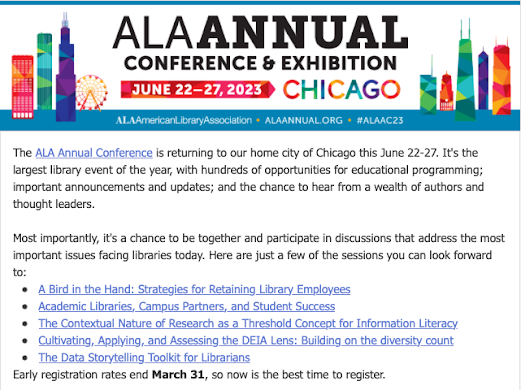Children and Gender in Libraries, 1876-1900
So way back when, in the late 1870s and early 1880, Caroline Hewins made lists. She made lists of books for boys and girls in her library in Hartford, Connecticut. She even marked them with special symbols for whether they would appeal to boys, girls, or both. Others in librarianship also talked about reading and gender, including Lutie Stearns, who was concerned with girls' reading of romance stories, a position that fit with her own activism and feminism. There were a smattering of others too, some of whom did not come from such progressive perspectives.
If I were going to write the paper I've had in my mind for some time on what gender means in these book recommendations, what it says about the children and about the books, then I would use these books to launch that project:
Women's Education in the United States, 1780-1840, by Margaret A. Nash (2005)
This book would be a great way to get a feel for at least some women's lived gender context, and it's supposedly the flat-out best history on this topic available.
How Young Ladies Became Girls: The Victorian Origins of American Girlhood by Jane H. Hunter (2002)
Looks like I'll be copying the chapters on diaries and on reading out of this one, and thanks to A.P. for citing this in one of her recent articles. There's a ton to draw from here in understanding librarians' recommendations.
If I were going to write the paper I've had in my mind for some time on what gender means in these book recommendations, what it says about the children and about the books, then I would use these books to launch that project:
Women's Education in the United States, 1780-1840, by Margaret A. Nash (2005)
This book would be a great way to get a feel for at least some women's lived gender context, and it's supposedly the flat-out best history on this topic available.
How Young Ladies Became Girls: The Victorian Origins of American Girlhood by Jane H. Hunter (2002)
Looks like I'll be copying the chapters on diaries and on reading out of this one, and thanks to A.P. for citing this in one of her recent articles. There's a ton to draw from here in understanding librarians' recommendations.
